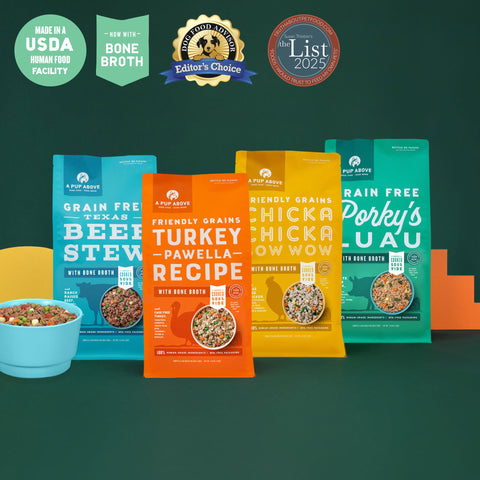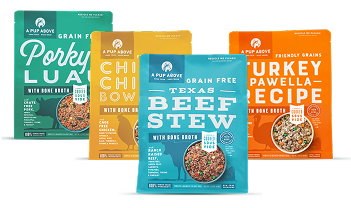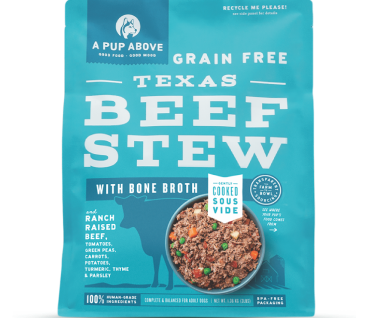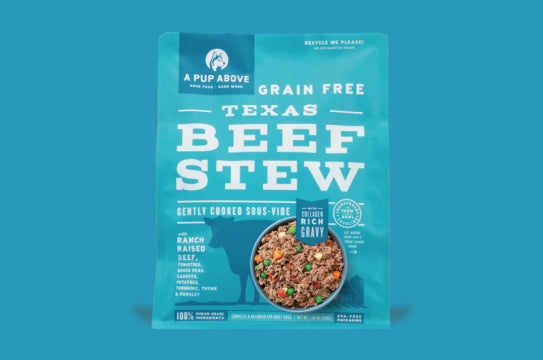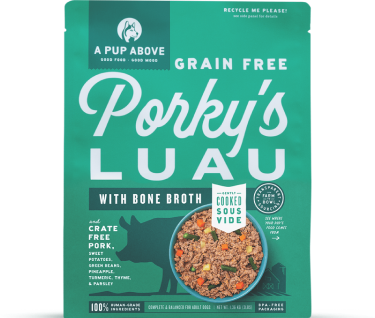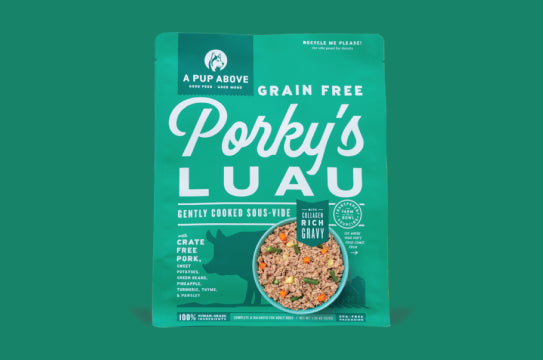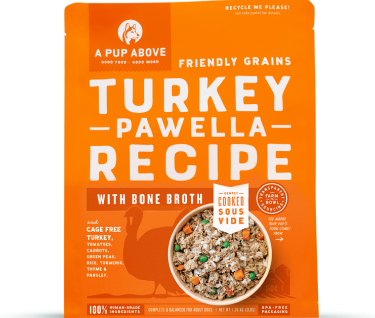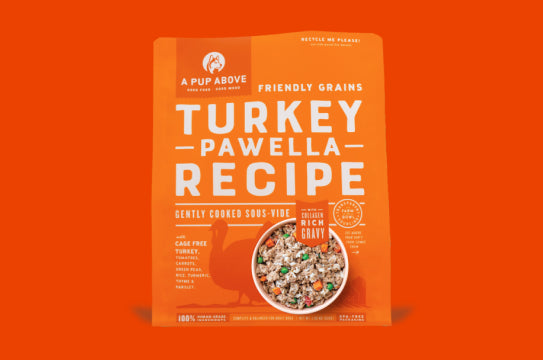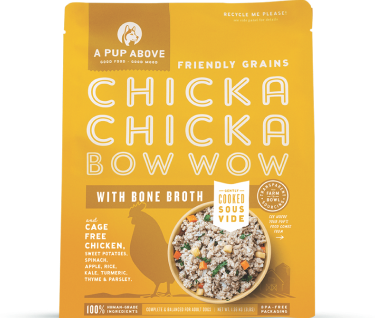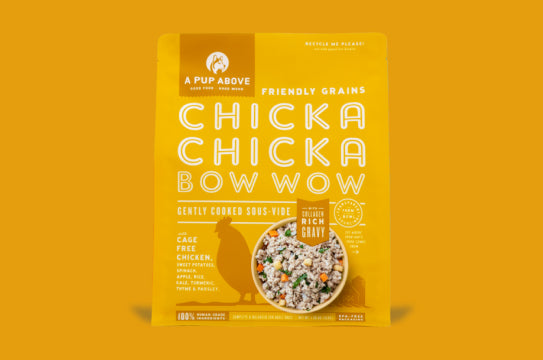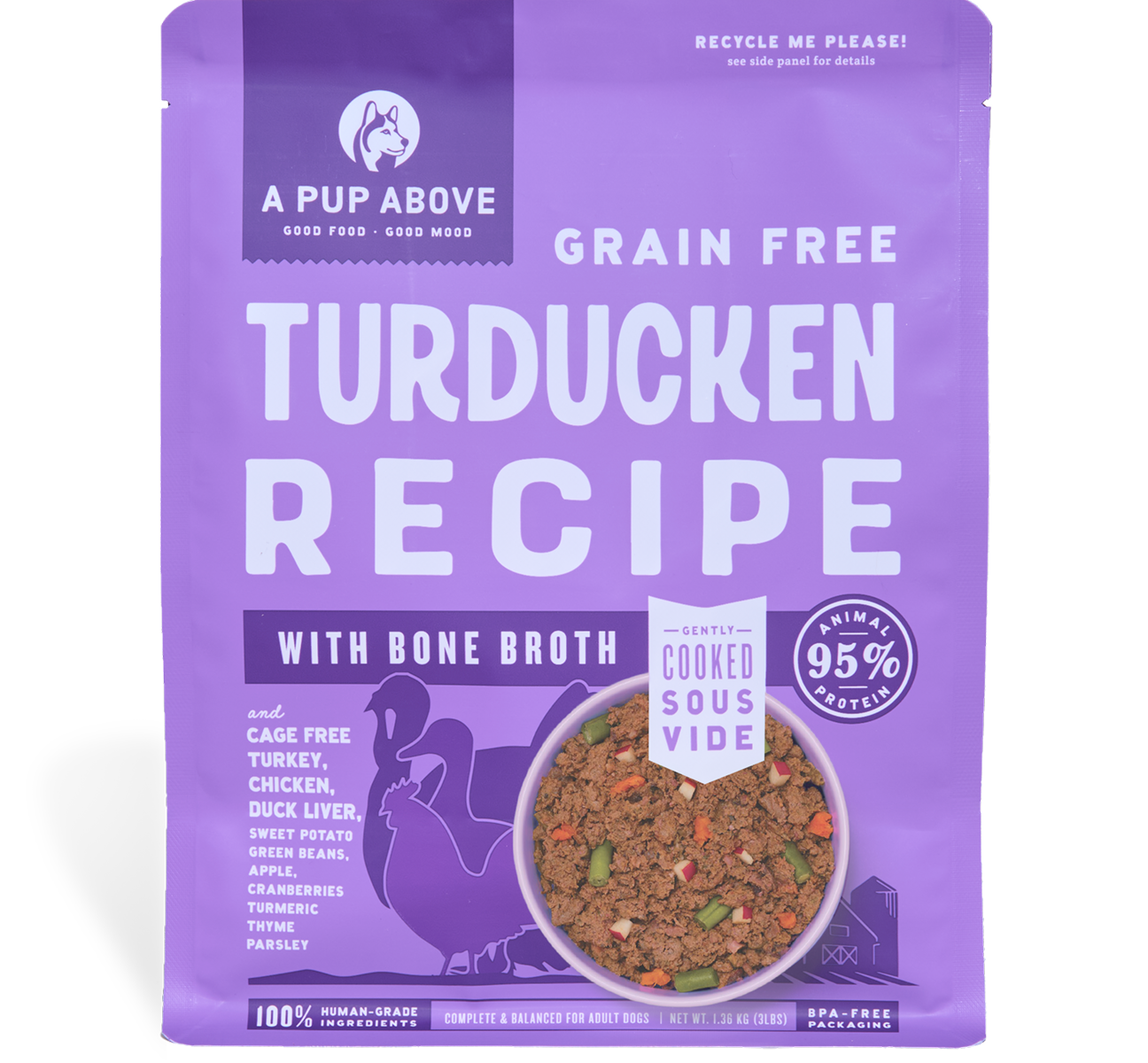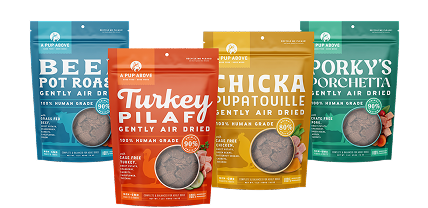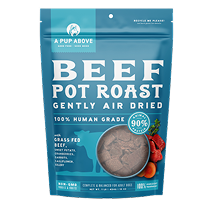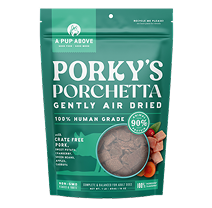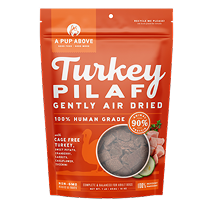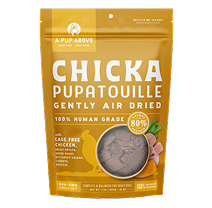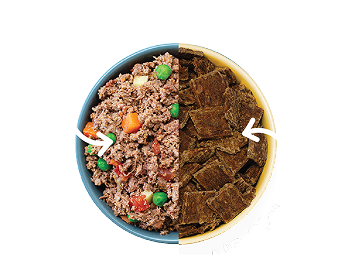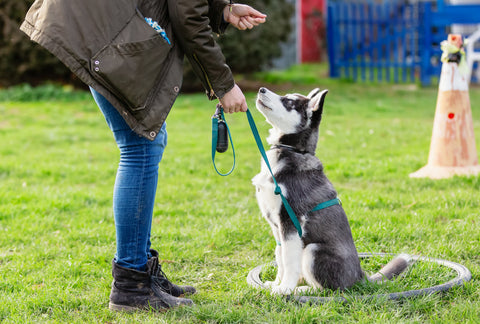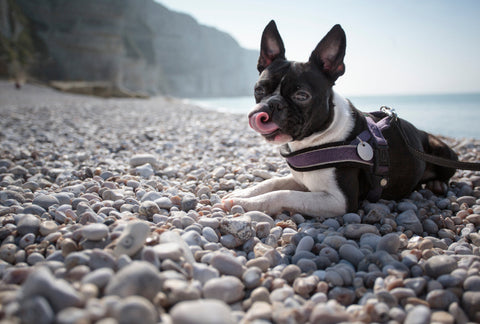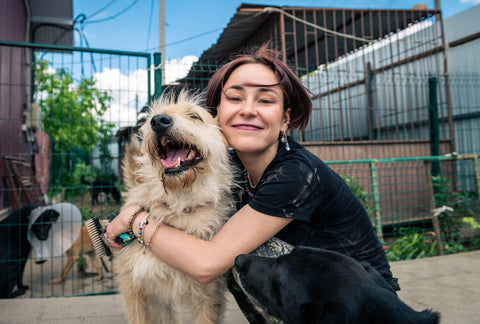
Can You Use Neosporin on Dogs?
We’ve all been there — your pup gets a scrape or a cut, and you’re wondering if that tube of Neosporin in your medicine cabinet can come to the rescue. It works for humans, so it should be fine for dogs, right?
At A Pup Above, we’re here to help you make informed choices about your dog’s care. Let’s break down when (or if) you should use Neosporin on your pup and what other options might be better suited for them.
Can You Use Neosporin on Dogs?
Before we dive in, let’s cover the basics. What is Neosporin, anyway? It’s a trusty antibiotic ointment you probably have stashed in your medicine cabinet for cuts and scrapes. It combines three antibiotics — bacitracin, neomycin, and polymyxin B — to help keep infections at bay.
So, can you use it on your dog? The short answer is yes, but be careful. A tiny bit on a small scrape or cut is usually fine.
But here’s the catch — dogs are expert lickers, and swallowing Neosporin isn’t ideal. Plus, some dogs can have allergic reactions. In other words, it’s not a magic fix for every situation.
When Is Using Neosporin Potentially Appropriate?
We’ve covered what Neosporin is and that it can work for dogs — but when does it make sense to actually use it? If your dog’s cut isn’t serious, Neosporin might help in a pinch.
Here are some cases where it could be appropriate:
- Small, Surface-Level Scrapes or Cuts: Minor nicks from rough play, thorny bushes, or tiny scratches that aren’t bleeding much.
- Wounds in Easy-to-Monitor Spots: If the cut is on a part of their body you can keep an eye on and stop them from licking.
- Quick First Aid Before a Vet Visit: When you need a temporary solution to keep a minor wound clean before you can get professional advice.
Don’t use Neosporin for deep wounds, punctures, or anything near your dog’s eyes, nose, or mouth. When in doubt, give your vet a quick call to be sure you’re making the right choice.
How To Prep Your Dog Before Using Neosporin
Need to use Neosporin on your pup? Here’s how to do it:
Calm Your Dog Down
First things first — get your dog relaxed. Whether it’s offering gentle pats, speaking in a calm voice, or giving them a quick cuddle, you want to make sure they’re not squirming around. A relaxed pup means you’ll have a much easier time cleaning and treating the cut.
Gently Clean the Wound
Next up, clean the area. Use warm water and mild soap to rinse away any dirt or debris. Be gentle — no one likes a rough scrub on a sore spot. Once it’s clean, pat it dry with a soft towel. This helps the Neosporin stick and do its job properly.
Trim Away Fur (If Necessary)
If the scrape or cut is hidden under a bunch of fur, you might need to trim it back. Use blunt-tipped scissors to carefully snip away just enough hair to expose the wound. This keeps the area clean and helps prevent hair from sticking to the ointment.
Get Your Supplies Ready
Have everything within reach: Neosporin, clean gauze, and maybe a few treats for distraction. The last thing you want is to be fumbling around while your dog decides they’re done cooperating.
Apply a Thin Layer
Now, squeeze out a tiny amount of Neosporin and gently dab it onto the wound with clean fingers or a cotton swab. A little goes a long way. Avoid slathering it on — you don’t want it dripping or easy for your pup to lick off.
Keep an Eye on the Licking
After you apply the ointment, do your best to stop your dog from licking it off. You can distract them with a chew toy, use a cone if necessary, or just keep a close watch. The longer it stays on, the better it can do its job.
Neosporin Alternatives for Dogs
Neosporin might not always be the best choice, but don’t worry — there are plenty of dog-safe alternatives out there. Whether you want something natural or vet-approved, here are some options to help your pup heal without the fuss.
Dog-Specific Antibacterial Ointments
There are antibiotic ointments made specifically for dogs, often free of harmful additives and safer for accidental licks. Ask your vet about brands like Vetericyn Plus or other pet-safe wound care products. They’re designed with dogs in mind and can help prevent infections without the guesswork.
Coconut Oil
Good old coconut oil isn’t just for cooking. It has natural antibacterial and antifungal properties and can soothe minor cuts or scrapes. Just make sure to apply a thin layer and keep your dog from licking too much — a little is fine, but you don’t want them snacking on the whole thing.
Manuka Honey
This isn’t your average honey. Manuka honey has powerful healing properties and is used in veterinary medicine for wound care. Apply a small dab to the wound, and it can help prevent infection and promote healing. Plus, it’s safe if they lick a little!
Saline Solution
For a simple, safe way to clean a wound, saline solution is your best friend. It helps flush out dirt and bacteria and can be used before applying any ointment. You can easily make your own by mixing one teaspoon of salt in a cup of warm water.
When Should I Take My Dog to the Vet for a Cut?
Sometimes, home remedies just don’t cut it, and that’s okay. Knowing when it’s time to call in the pros can save your pup a lot of discomfort — and give you some peace of mind.
Here are a few situations where you should skip the DIY fixes and head straight to the vet:
Deep Cuts or Puncture Wounds
If your dog has a cut that’s deep, jagged, or caused by something sharp like a nail or a bite, it’s best to let a vet handle it. These wounds can hide infections and often need thorough cleaning, stitches, or even antibiotics.
Signs of Infection
Redness, swelling, warmth around the wound, pus, or a bad smell are all signs that infection has set in. Infections can spread fast, so don’t wait — get your pup checked out before things get worse.
Excessive Bleeding
If the bleeding doesn’t stop after applying gentle pressure for a few minutes, that’s a red flag. Excessive blood loss can lead to weakness and other complications, so it’s time to see a vet.
Persistent Licking or Chewing
If your dog won’t leave the wound alone, despite your best efforts to distract them, it might mean the wound is more painful or irritating than it looks. Constant licking can also delay healing or make the wound worse.
Wounds Near Eyes, Mouth, or Sensitive Areas
Cuts around sensitive spots like the eyes, ears, mouth, or genitals need specialized care. It’s too risky to handle these at home, so let your vet take the lead.
If You’re Just Not Sure
When you’re feeling unsure or uneasy, trust your gut. A quick vet visit is always better than second-guessing and potentially missing something important.
Conclusion
So, can you use Neosporin on dogs? For minor scrapes, it’s usually fine — but it’s not the ultimate fix for every situation. Knowing when to use it, when to try alternatives, and when to call the vet can make all the difference.
At A Pup Above, we’re all about keeping your pup happy and healthy. And while you’re taking care of those scrapes, why not treat them to something tasty, too? Our Texas Beef Stew or Turkey Pilaf sous-vide meals are packed with flavor and nutrition — because your pup deserves the good stuff, inside and out!
Sources:
Neosporin topical Uses, Side Effects & Warnings | Drugs
Neosporin for Dogs: Uses, Side Effects, and Alternatives | AKC
Coconut Oil for Dogs: Potential Benefits and Drawbacks | American Kennel Club
Is my dog sick? Try this at-home exam | The Humane Society of the United States
Top Stories
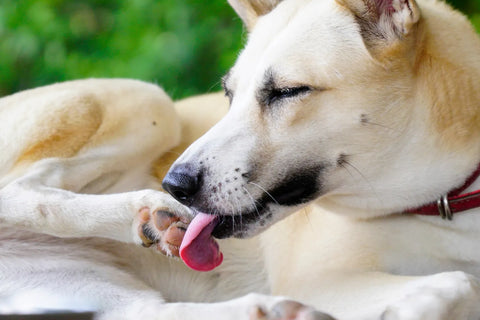
Why Do Dogs Lick Their Paws?

Why Do Dogs Whimper & Make Noises in Their Sleep?

Healthy Vet-Approved Homemade Dog Food Recipes
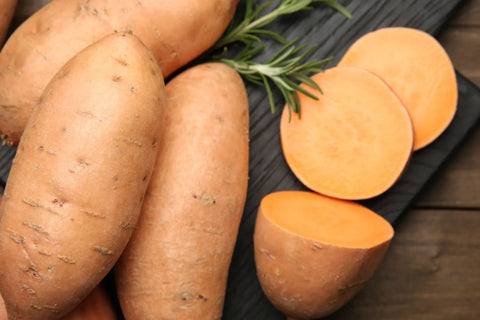
How To Cook Sweet Potatoes for Dogs
